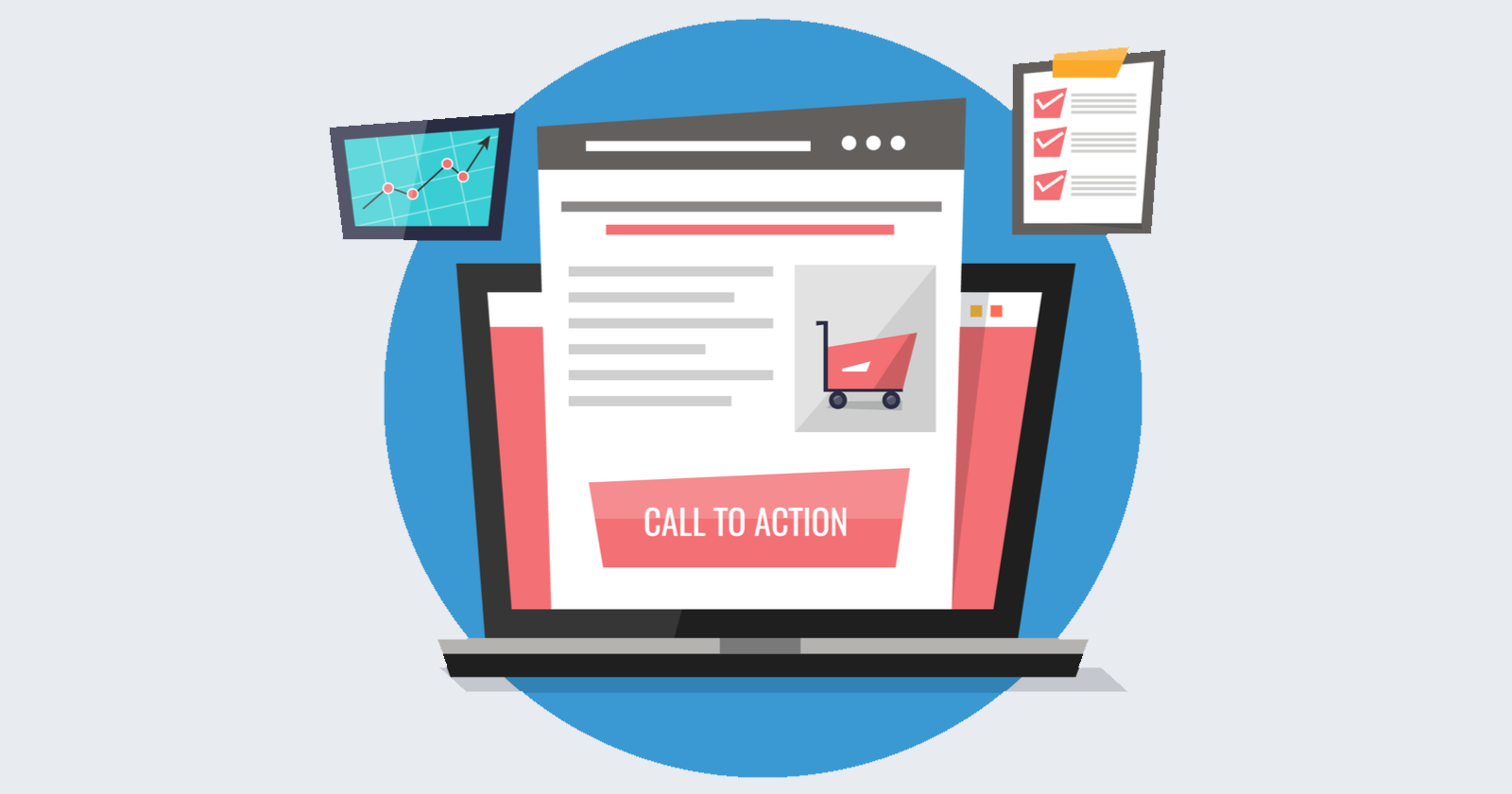The Importance of Landing Pages
Landing pages play a pivotal role in driving conversions for any online business. They are specifically designed to capture visitors' attention, engage them with compelling content, and ultimately convert them into customers or leads. A well-optimized landing page can significantly enhance your conversion rates and boost your overall marketing success. In this article, we will explore some best practices to create killer landing pages that drive conversions effectively.
Understanding Your Target Audience
Identifying Key Demographics
Before creating a landing page, it is crucial to understand your target audience. Determine the demographics, interests, and pain points of your potential customers. This knowledge will help you tailor your landing page content to resonate with their needs, preferences, and motivations.
Defining Clear Objectives
Clearly define the objectives of your landing page. Is it to generate leads, sell a product, or promote a specific offer? Having a clear goal in mind will guide your design and content decisions, ensuring that every element on the page supports your primary objective.
Designing a High-Impact Layout
Attention-Grabbing Headlines
Create a compelling headline that immediately captures the visitor's attention. Use powerful words, convey a clear value proposition, and highlight the benefits they can gain by engaging with your offer.
Visually Appealing Elements
Incorporate visually appealing elements such as high-quality images, videos, and infographics to enhance the overall aesthetics of your landing page. Visual content can effectively convey your message, increase engagement, and make a lasting impression on your visitors.
Optimizing Content for Conversion
Concise and Engaging Copy
Craft concise and engaging copy that clearly communicates the value of your offer. Use persuasive language, address customer pain points, and highlight the unique selling points of your product or service. Break up the text into smaller paragraphs, utilize bullet points, and employ subheadings to make the content scannable and easily digestible.
Compelling Call-to-Action (CTA)
Place a strong and visually prominent call-to-action (CTA) button on your landing page. The CTA should be clear, action-oriented, and compelling. Use action verbs, create a sense of urgency, and consider adding additional incentives to encourage visitors to take the desired action.
Implementing Trust Signals
Testimonials and Social Proof
Display customer testimonials, reviews, and ratings to build trust and credibility. People are more likely to convert when they see positive feedback from others who have had a positive experience with your product or service.
Trust Badges and Certifications
Include trust badges, security seals, and certifications on your landing page to reassure visitors about the safety of their personal information. These visual cues can alleviate concerns and enhance trust, increasing the likelihood of conversions.
Testing and Optimization
A/B Testing
Regularly conduct A/B testing to optimize your landing page performance. Test different headlines, copy variations, CTA placement, and design elements to identify what resonates best with your target audience and drives the highest conversion rates.
Analytics and Tracking
Implement analytics and tracking tools to gather data and insights about user behavior on your landing page. Analyze metrics such as bounce rate, time on page, and conversion rate to identify areas for improvement and make data-driven decisions to optimize your landing page for better results.

Bbbb
ReplyDelete